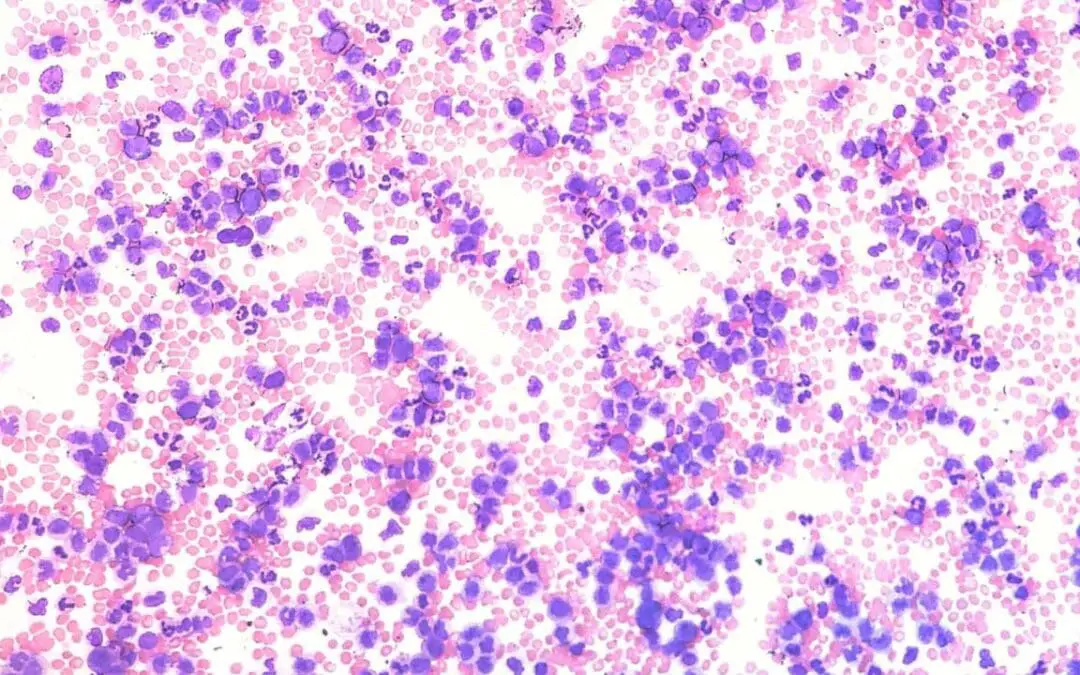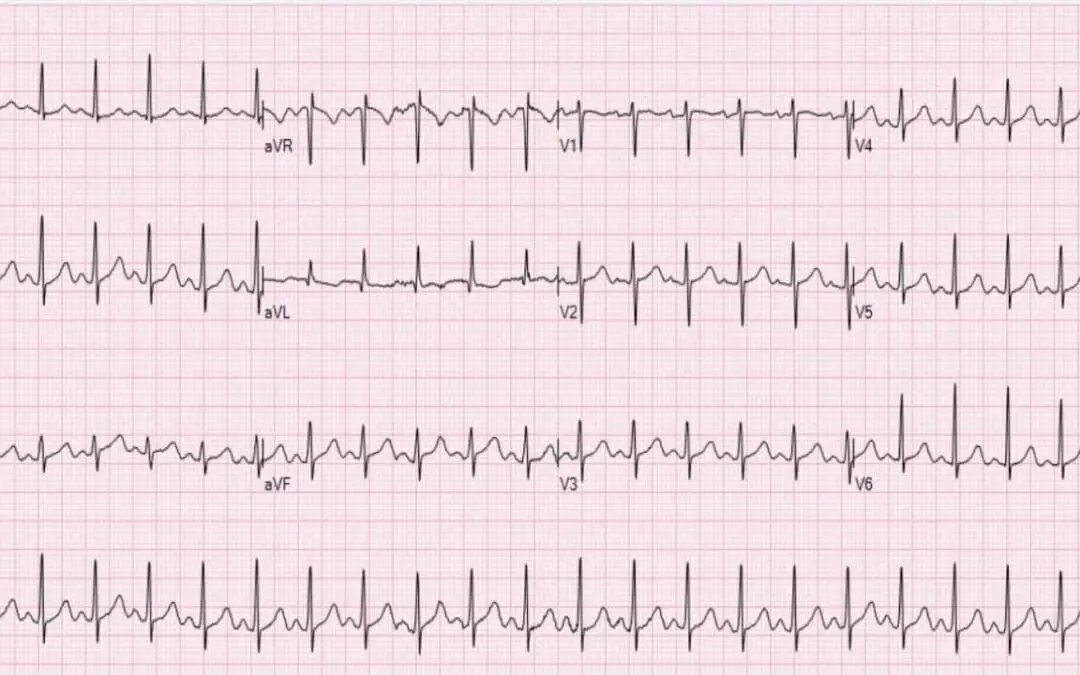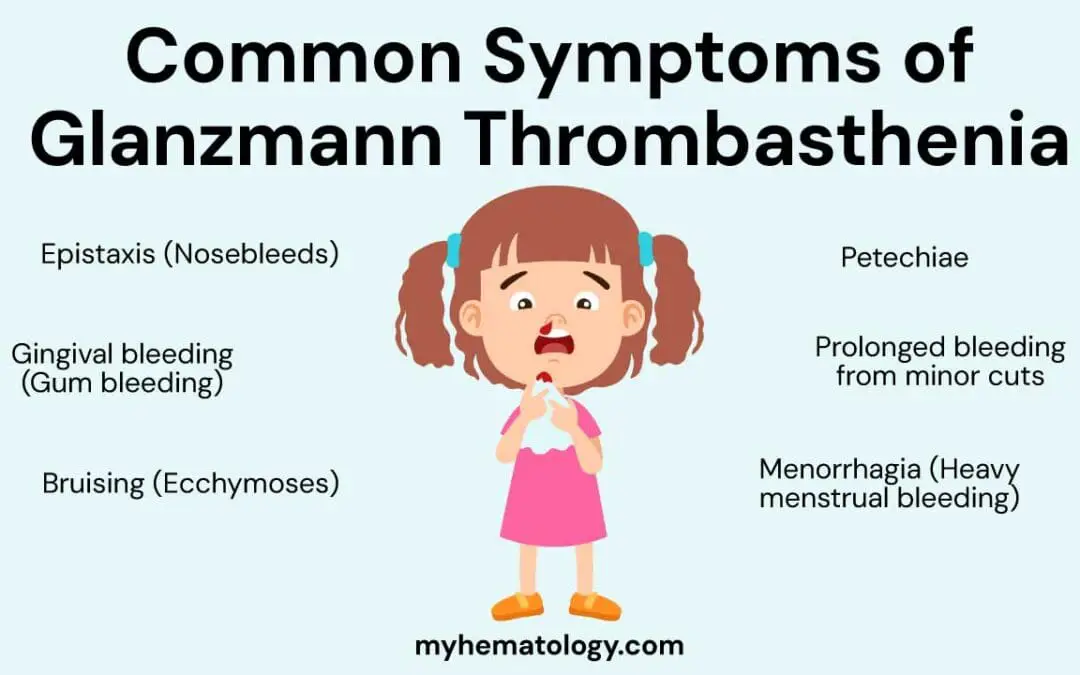
by MH Team | May 28, 2025 | White Blood Cells
TL;DR Monocytosis or high monocytes is an increased absolute monocyte count in peripheral blood, typically > 0.8−1.0 x 109/L. It’s a non-specific indicator of an underlying condition, not a disease itself. Causes ▾: Broadly categorized into...

by MH Team | May 26, 2025 | White Blood Cells
TL;DR Lymphocytosis or High lymphocytes is an elevated absolute lymphocyte count (ALC) in the peripheral blood, typically above 4.0 x 109/L in adults. Lymphocyte Types ▾: Lymphocytes (B cells, T cells, NK cells) are crucial immune cells involved in adaptive and...

by MH Team | May 23, 2025 | Red Blood Cells
TL;DR Menorrhagia is excessive/prolonged menstrual bleeding, significantly impacting life and often signaling underlying issues. Causes ▾: Primarily due to gynecological issues (fibroids, polyps) or, crucially from a hematology view, bleeding disorders (e.g.,...

by MH Team | May 21, 2025 | Red Blood Cells
TL;DR Tachycardia is defined as when the heart rate > 100 bpm in adults. It is often a crucial sign of serious underlying issues in hematology patients. Common Causes ▾: Anemia: Most frequent, heart compensates for low oxygen. Infections/Sepsis: Common in...

by MH Team | May 19, 2025 | Platelet Disorders
TL;DR Glanzmann thrombasthenia is a rare, inherited bleeding disorder characterized by defective or deficient platelet αIIbβ3 (GPIIb/IIIa) integrin leading impaired platelet aggregation despite normal platelet count. Pathophysiology...







Recent Comments